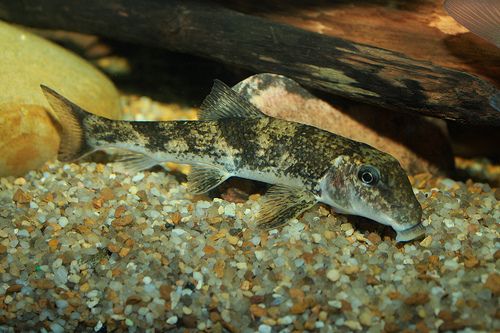Facts
- According to the US Geological Survey the Northern Hog sucker may have been introduced into eastern states, such as Massachusetts or Tennessee, through bait buckets and with the current data it is unknown if their introduction has had a negative or positive impact.
- Because of its diverse environments, and its life as a bottom feeder, it is a great indicator of environmental health, and a few studies have been done to test the Northern Hog sucker for presence of certain elements to determine the amount of pollution that may be in that area. Blood samples have been taken from the Northern Hog sucker (such as the experiment done by Schmitt et. al as linked below) in order to determine Cadmium and Lead levels in the environment that may be the result of mining. In this case the data was recovered from Southeastern Missouri, but similar methods could be used to determine if the fish in the area are safe to eat. In this case many different fillets were taken and observed for the amount of harmful elements, as well as the presence of calcium for bone formation and the amount of slime production. These observations help to determine if the Hog suckers, among other fish, in a region were able to be consumed or if a limitation should be placed on the consumption.
- The Northern Hog sucker ranges from 7 inches up to 24 inches, with large fleshy lips and a blue-black snout. The dorsal fin is black tipped and there are a total of 43-49 total rays (11 dorsal and 33-38 pectoral). The top is often dark brown or bronze while the belly is often yellow or a pale white and there are 4 dark stripes along the body.
Reproduction - Home - Contact Me
